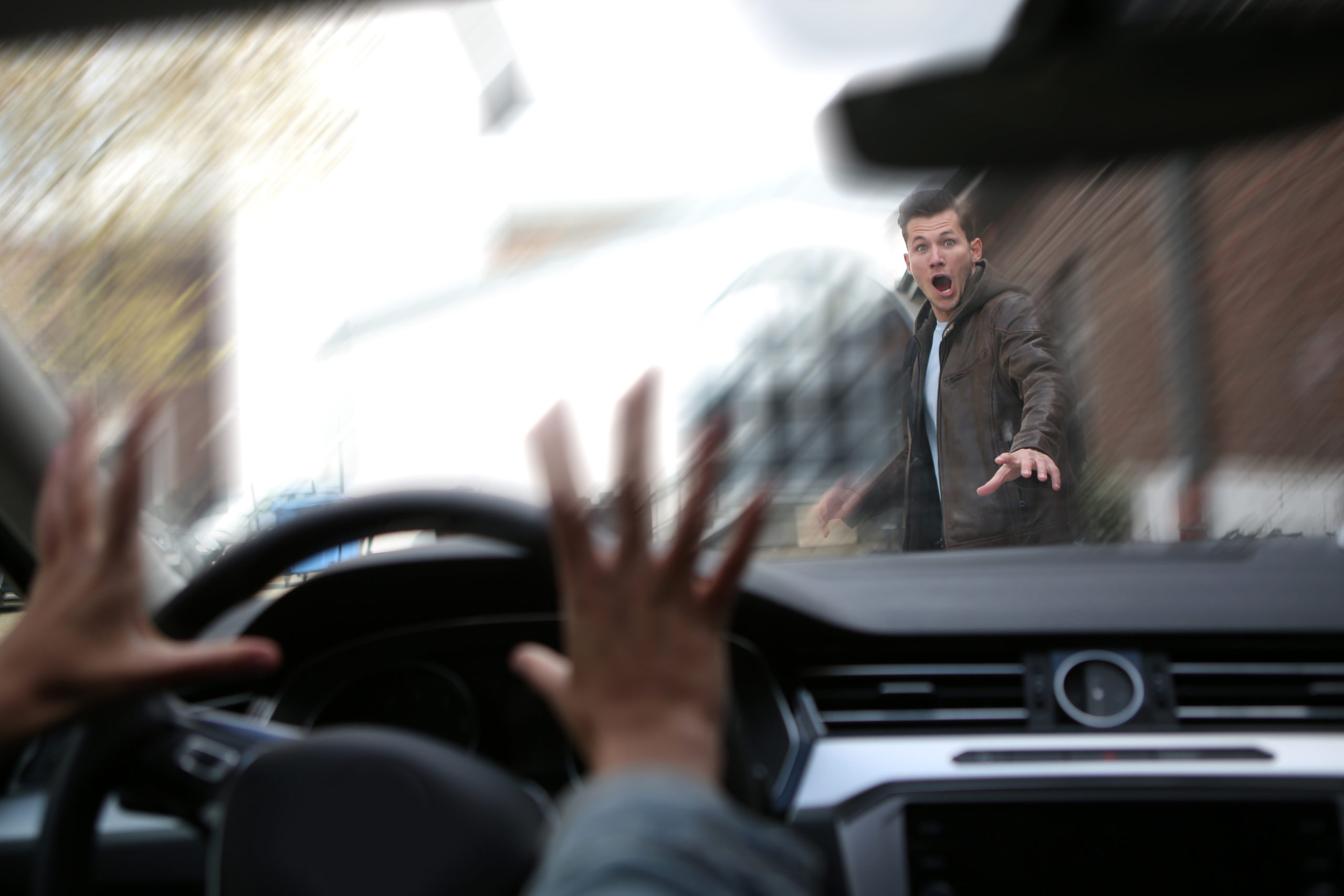
Walking is a healthy and environmentally friendly form of transportation. However, it can also be risky, especially when walking near busy roads or intersections. Being hit by a vehicle can cause severe injuries or death. A careless driver who hits a pedestrian can face legal consequences in addition to vehicle damage. Fortunately, both pedestrians and drivers can take steps to prevent these types of tragic accidents.
The state of Texas has a high rate of pedestrian fatalities. According to the National Highway Traffic Safety Administration (NHTSA), 607 pedestrians were killed in Texas in a recent year. Fifty-two of those fatal pedestrian accidents were in Dallas. That means that someone is killed in a pedestrian accident once a week on average in Dallas County. Recent news stories highlight two local pedestrian fatalities this year in Dallas and Fort Worth.
Who is Most at Risk of Suffering a Pedestrian Accident?
While a pedestrian accident many happen anywhere and at any time, the majority of severe or fatal injury accidents happen at night and during periods of low light when drivers have more difficulty seeing people on foot.
In the fall and winter, the most common time for pedestrians death caused by an accident is between 6:00 and 9:00 p.m. During the spring and summer, when it stays light longer, the peak time for pedestrian accidents is 9:00 p.m. to midnight.
Adults at Higher Risk of Pedestrian Death
Pedestrian accidents happen more frequently on weekends than weekdays. People are more likely to be out late. There is increased activity on the streets and sidewalks on the weekends, especially in areas around bars and clubs, sporting arenas and concert halls.
A major factor that contributes to pedestrian fatalities is alcohol use by pedestrians and drivers. In 2017, a third of pedestrians who were killed by a vehicle had a blood alcohol concentration (BAC) of .08 or higher, meaning that they were legally intoxicated. In addition, 17% of fatal pedestrian accidents involved a driver whose BAC was .08 or higher.
Risk of Children as Pedestrians
Many children walk to and from school every day. They may be on foot in the early mornings and at dusk. In the afternoon and evening, many children play outside in their neighborhood, especially when the weather is warm. Children may run into the street chasing a ball or a pet without looking for oncoming cars and be struck by a vehicle.
However, while it is very important to teach children how to stay safe around traffic, it is also important to note that the fatality rate from auto-pedestrian accidents is actually significantly higher for adults than it is for children. According to the above report from NHTSA, individuals ages 55-59 have the highest fatality rate.
Other Risks of Pedestrians Getting Hit by a Car
Individuals who are blind, disabled, or elderly are especially vulnerable to being hit by a car. It may take some of these individuals longer to cross the street. Some may have difficulty recognizing the hazards present. Drivers should pay special attention to anyone with service animals, white canes (which indicates blindness or disability), wheelchairs, or other accessibility devices.
Another huge risk factor for being hit by a car is crossing in the middle of the road instead of at a marked crosswalk. The majority of pedestrian fatalities (73%) do not occur at intersections. For this reason, drivers should always be on the lookout for pedestrians no matter where they are.
Tips for Drivers to Avoid Pedestrian Accidents
Although you cannot control what pedestrians do, you can take steps to be prepared to make fast decisions that could save a life. Here are some tips for drivers:
- Slow down! Driving at a safe speed will allow you to stop more quickly if you see a pedestrian in the road.
- Avoid distractions. Activities that are distracting to a driver include eating, putting on makeup, using a navigation device, talking on the phone, or anything else that takes your focus away from driving.
- Do not text while you are driving. Not only is texting illegal, but it also takes your eyes and mind off the road.
- Pay special attention in school zones, especially in the morning and afternoon when children are more likely to be present.
- Yield to pedestrians in crosswalks and intersections.
- Make sure your headlights are working and shine brightly enough to see dangers ahead.
Tips for Pedestrians Safety
Pedestrians must take responsibility to protect themselves from being hit by a car. Here are some tips that can help you stay safe on foot:
- Stay on the sidewalk when there is one available.
- Cross at a designated crosswalk when possible. Even at a crosswalk, be aware of your surroundings. If the signal says you can go, look both ways to make sure any oncoming vehicles are stopping before stepping into the intersection.
- If you must cross outside of a crosswalk, do not cross until it is clear– if you’re hit while jaywalking, it may be harder to prove the driver is liable.
- Avoid distractions, such as looking down at your phone or listening to loud music, especially while crossing streets or parking lots.
- Wear light-colored or reflective clothing if you must be out walking in the dark.
- Hold children’s hands while crossing the street.
- Do not walk along a road if you have been drinking.
- Be cautious when getting off a streetcar or bus.
- Exit your vehicle on the curb side of the road.
- Avoid sudden actions such as running out into the street.
- Make eye contact with drivers before crossing the street.
Contact a Dallas Pedestrian Accident Attorney
If you or a loved one has been injured in a pedestrian accident, contact a Dallas pedestrian injury lawyer at Kraft & Associates, P.C., at (214) 999-9999. We can discuss the details of your accident and your legal options during a free consultation. It is essential that you take action quickly since Texas has a strict statute of limitations of two years for personal injury claims. Don’t wait until it is too late to seek the compensation you deserve. At Kraft & Associates, P.C., we are ready to fight for the full and fair compensation for you.

